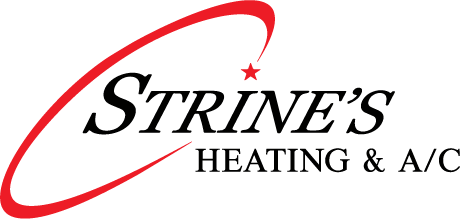Many people only schedule air conditioning repair when their system breaks down. However, the fact is your air conditioner will often show signs of trouble before a complete breakdown that results in new AC installation. Noticing early problems and calling the experts at Strine's to handle issues early can help you avoid the hassle and expense of a full AC system failure. More importantly, it can stop you from having to endure the discomfort of having your AC break down when it’s scorching hot outside.
When you call us, our team of highly trained HVAC technicians will identify the problem, resolve the issue and get your system running again. We have years of experience and provide top-tier, cost-effective AC service for local homeowners.
Why hold off until your cooling system quits? Skip all that hassle by calling today to schedule AC repair in York, PA, from Strine's.
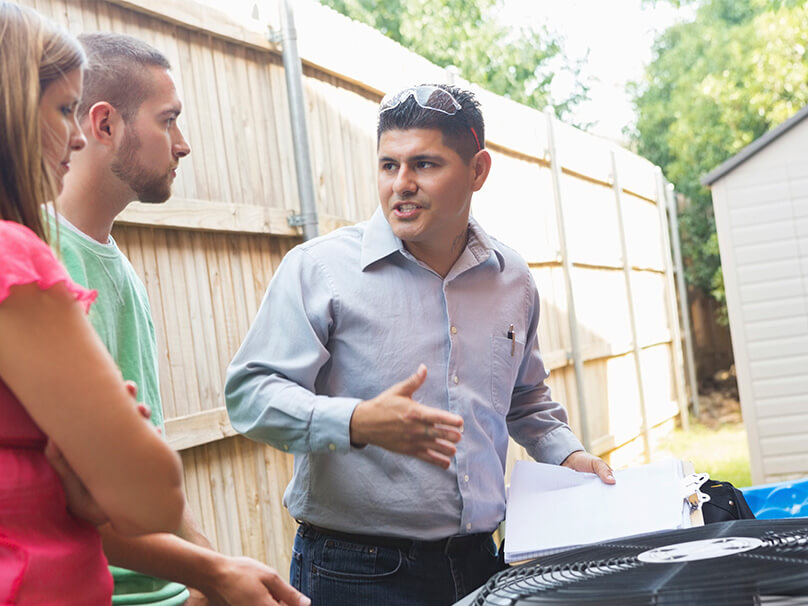
How to Know if You Need AC Repair
How can you tell if your air conditioner requires service? From strange odors to no cold air coming from the vents, there are many indicators that your cooling system has is malfunctioning and needs attention or service.
Here are some warning signs that trouble may be developing and it’s time to call an HVAC technician from Strine's:
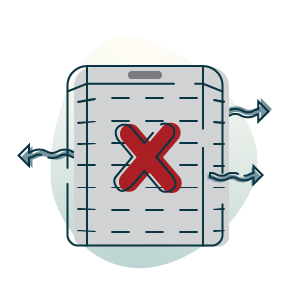
AC won’t blow cold air
If heated air is coming from your AC unit instead of cool air, or if the air isn’t as cold as you’d like, it’s a wise decision to call us for professional cooling service.
Air conditioner frequently turns on and off
If your AC system cycles frequently instead of running consistently, it could be a symptom of underlying trouble and should be inspected by one of our certified HVAC technicians.
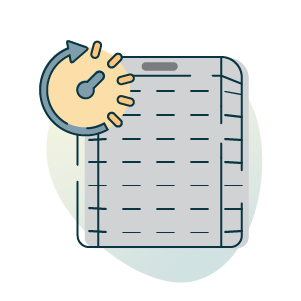
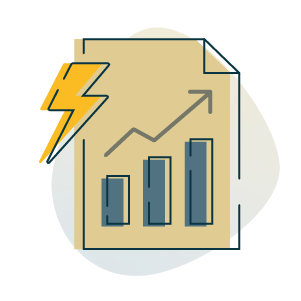
Cooling bills spike for no apparent reason
A sudden spike in your energy costs can be a signal your AC unit is becoming less efficient, which means it uses more energy to cool your home and needs AC maintenance or repair.
Strange odors are coming from your air conditioner
Air conditioners should not stink. Weird smells coming from your air conditioner should be checked by an expert, as they can be a symptom of trouble like mold, mildew or even electrical issues.
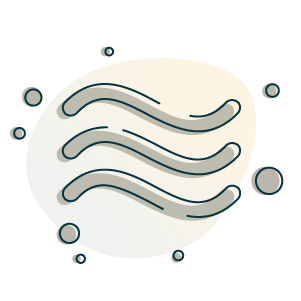
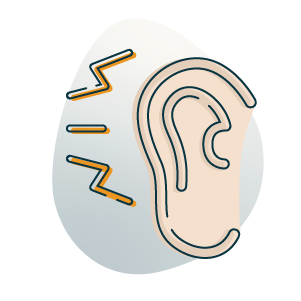
Loud sounds coming from your AC
If you hear unusual noises when your air conditioner is running — thumping, scraping or screeching, to name just a few — it’s important to call for professional HVAC service to get to the bottom of the issue.
Request Pro Air Conditioner Repair Right Away
When you have to have air conditioning service without delay, reach the HVAC repair professionals at Strine's. We’ll promptly detect the issue when your air conditioner won’t run or provide enough cool air.
